Edinburgh is a weird city, as far as layout goes. It grew up in a strange way, and that makes it a downright puzzling city. See, first of all, you’ve got the huge basalt mound upon which Castle Edinburgh sits1. The basalt was resistant to the flow of glaciers, which cut hugely deep gouges around it. When the city grew up, it was Castle Edinburgh, and the Royal Mile, a single, mile-long with 50 or so Closes – tiny alleyways leading to off-street courtyards.
This ran directly down the hill from the castle to the city walls2. It wasn’t until the 1700s that the city started expanding, with the New Towns built3 around the old town. These new towns meant new streets and roads needed to be built, crossing over the huge rifts in the land, meaning bridges. The bridges were lined with houses and other buildings, so that they look like streets.
This means that Edinburgh exists on several criss-crossing, levels, streets crossing over each other, with height differences in the range of 50-100 feet. And that makes it hard to find my way around, even with my map app.
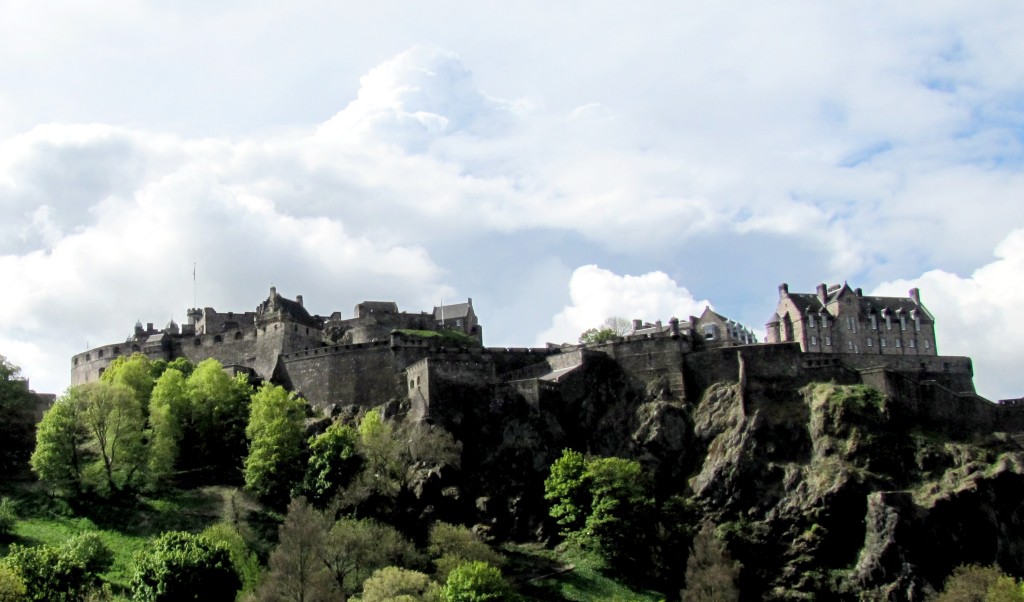
So, this morning, I walked down to Waverly Bridge, and caught the City Sightseeing bus.
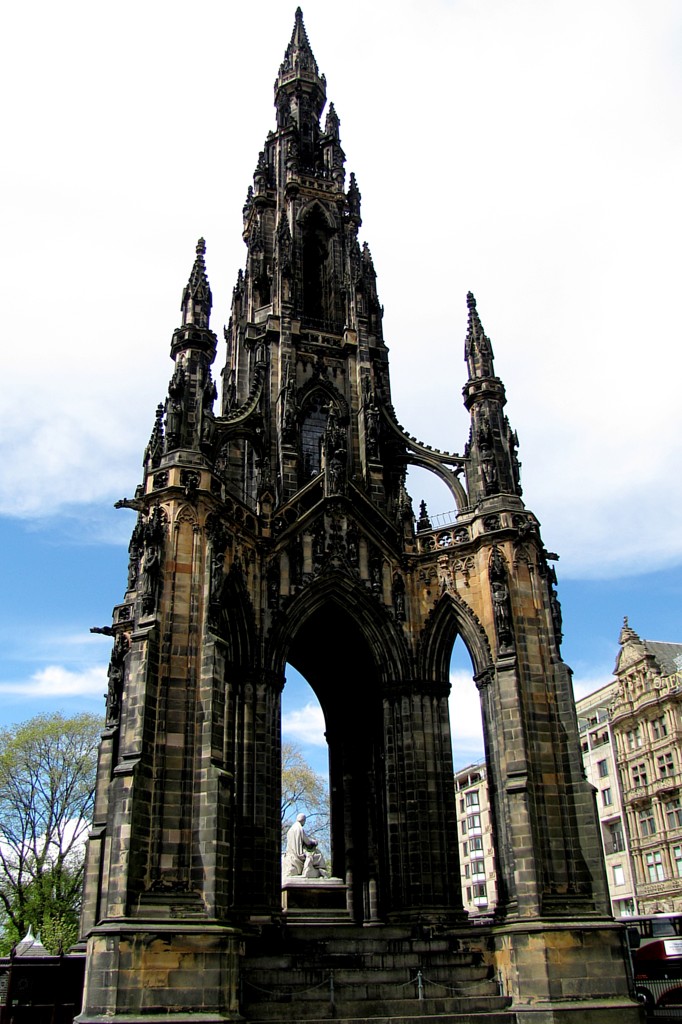
I rode the bus around the tour once, and got off when it started bucketing down rain at the end. I had a bit of lunch, then got back on, and rode it around to Castle Edinburgh. That’s where I spent the rest of the afternoon.
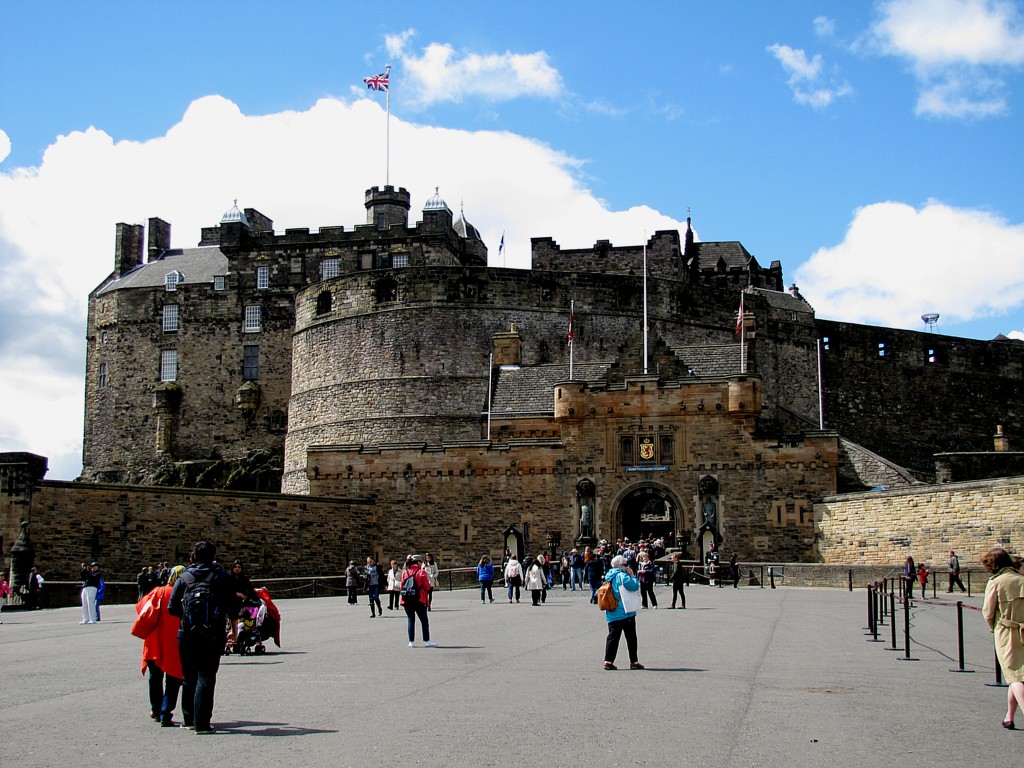
The way up winds through the lower and middle wards, to the upper ward with the Royal Square. The square is surrounded by a building that holds the Crown Jewels, a banquet hall built by James IV for the wedding of his son and Mary of Guise, the older sister of Henry VIII.
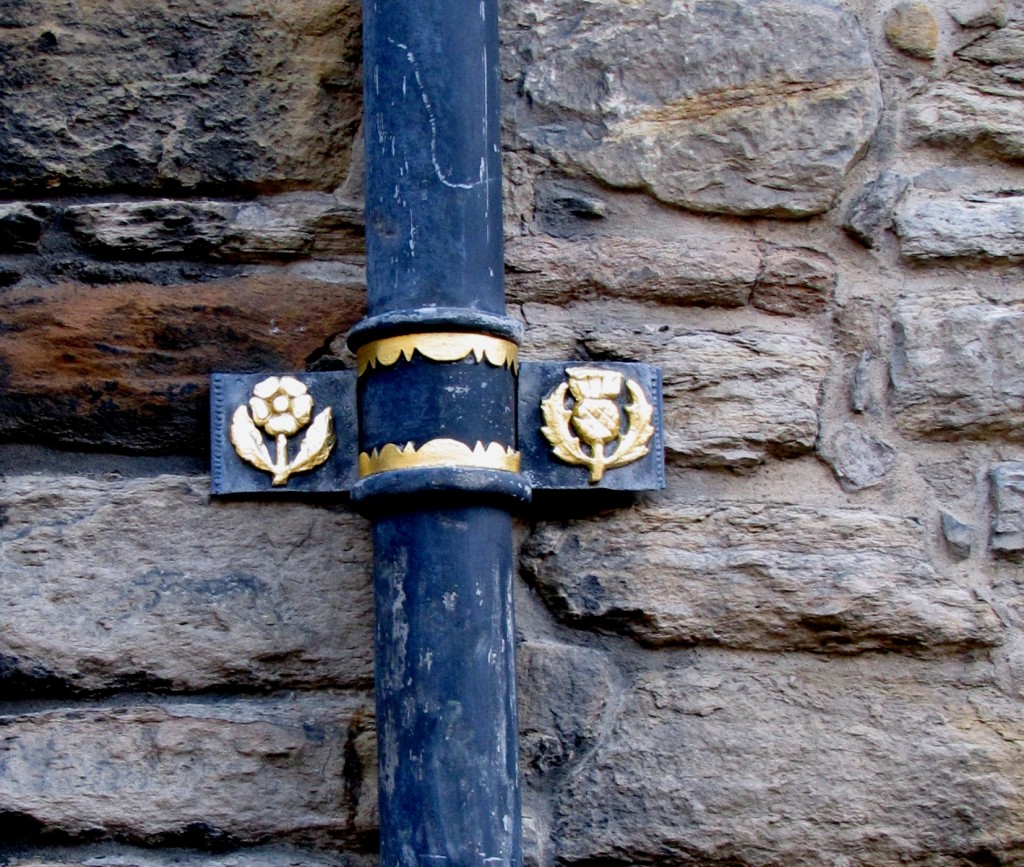
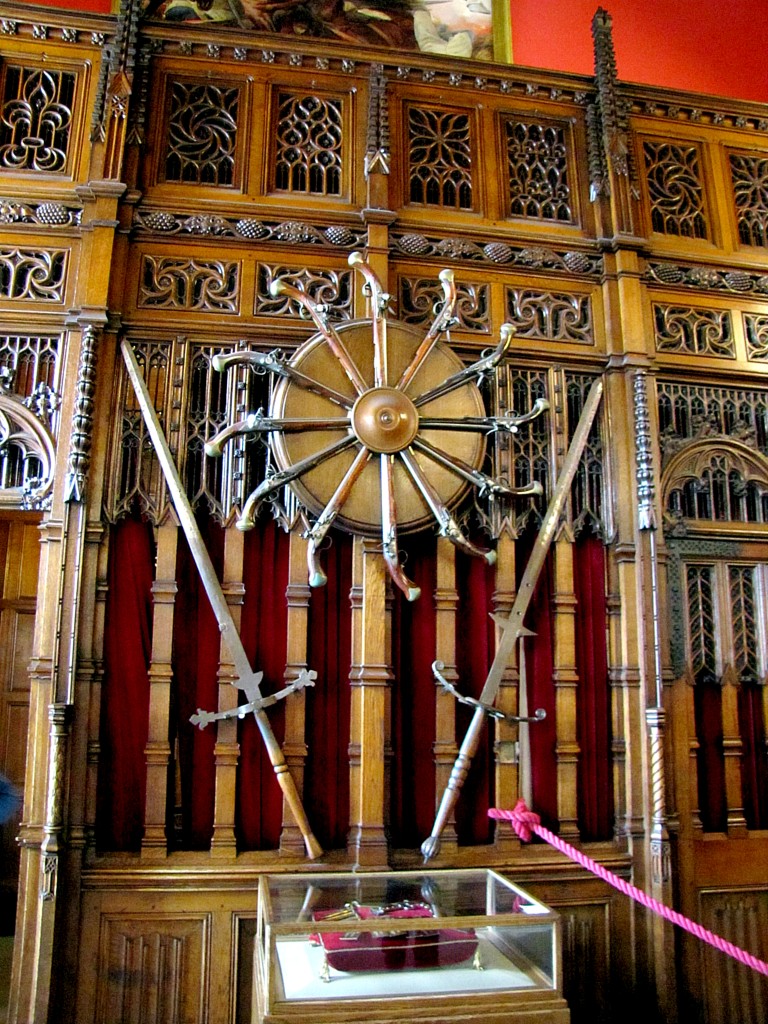
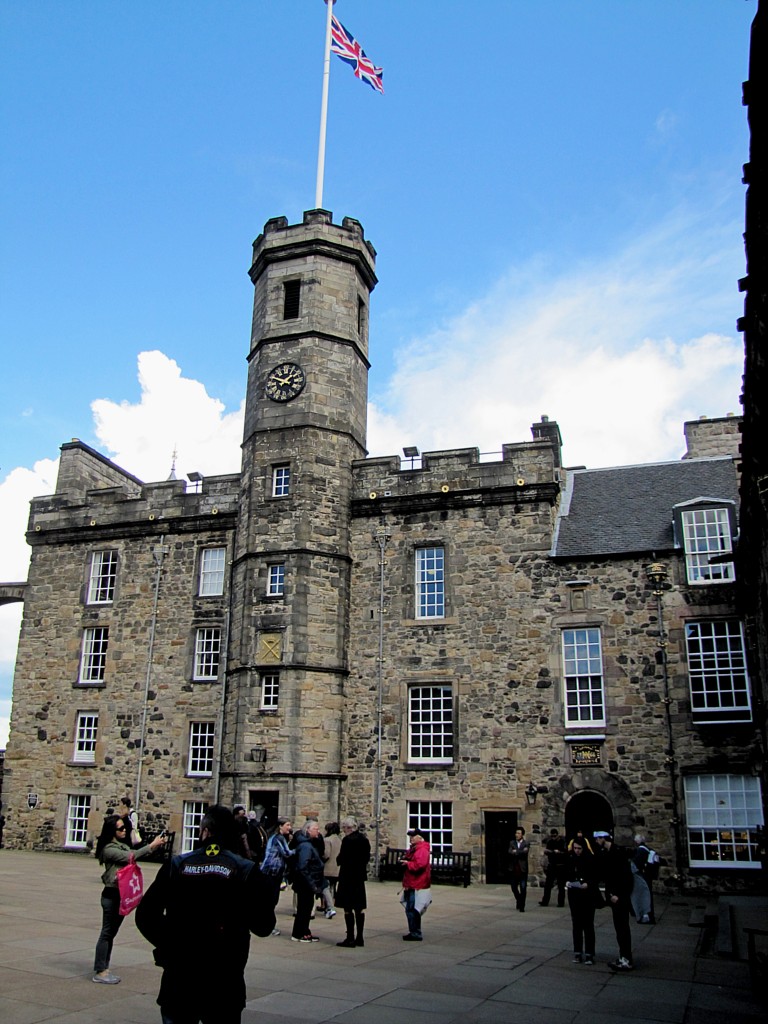
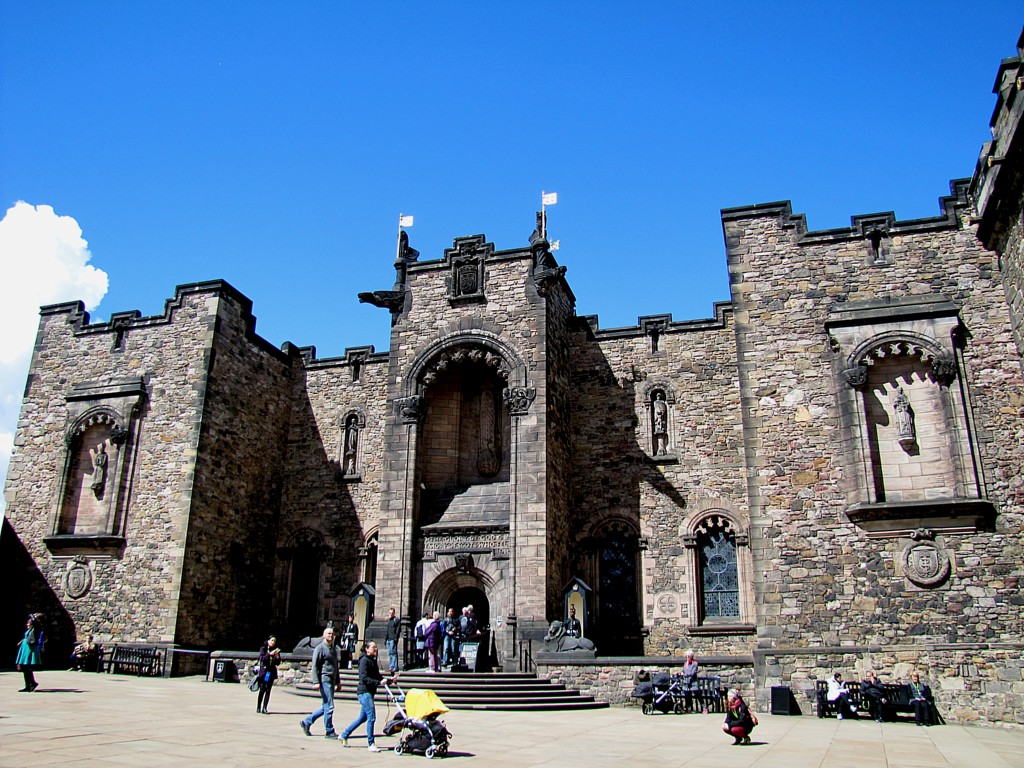
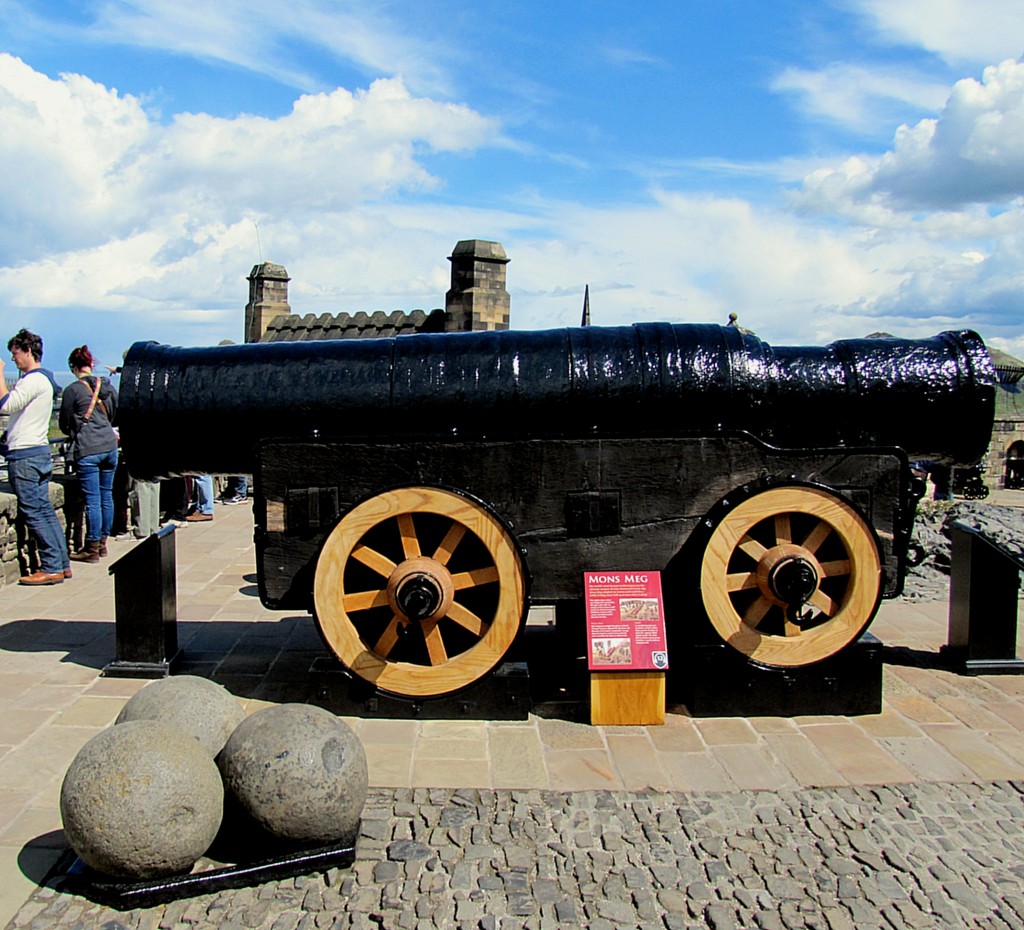
I looked around the other museums here, including the regimental museums. They had the standard captured by Charles Ewart at Waterloo, when he took the regimental colours and gold eagle from one of Napoleon’s regiments. The eagle, unfortunately, is on loan to the National Museum, so it wasn’t here.
Then, on the way out, I saw this.
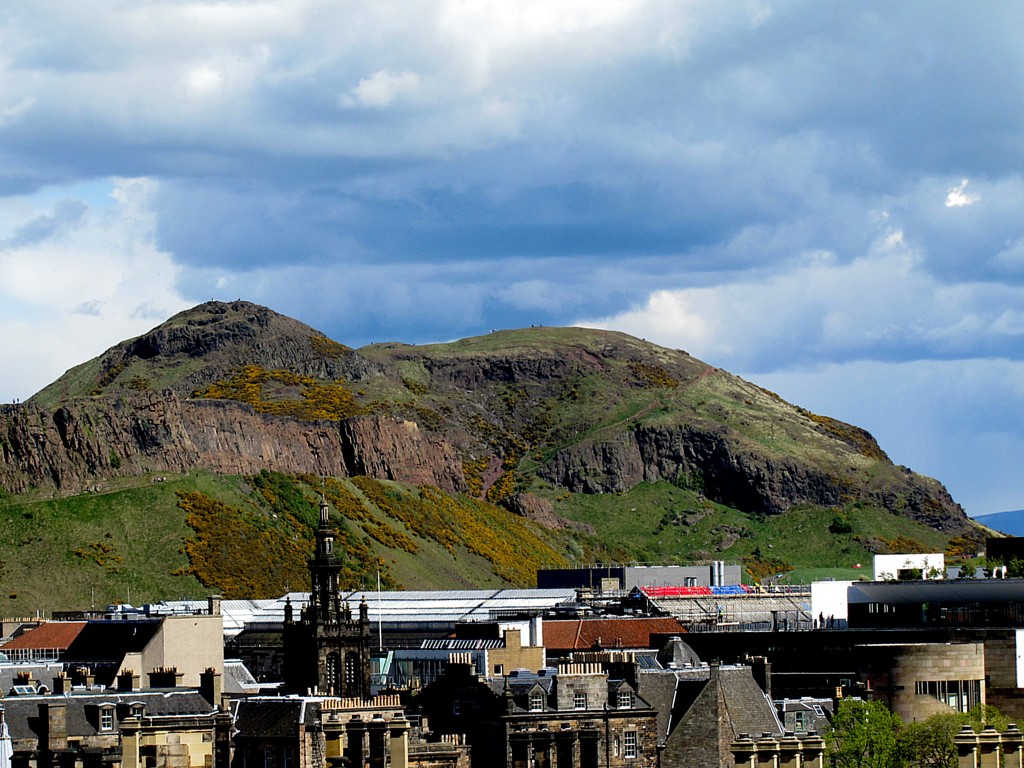
I rode the sightseeing bus around to the start again, and then walked back to my hotel, stopping for some dinner.
Tomorrow, I need to be up early. I’m on a tour up to the highlands, including Glencoe and Loch Ness.
Should be fun.

